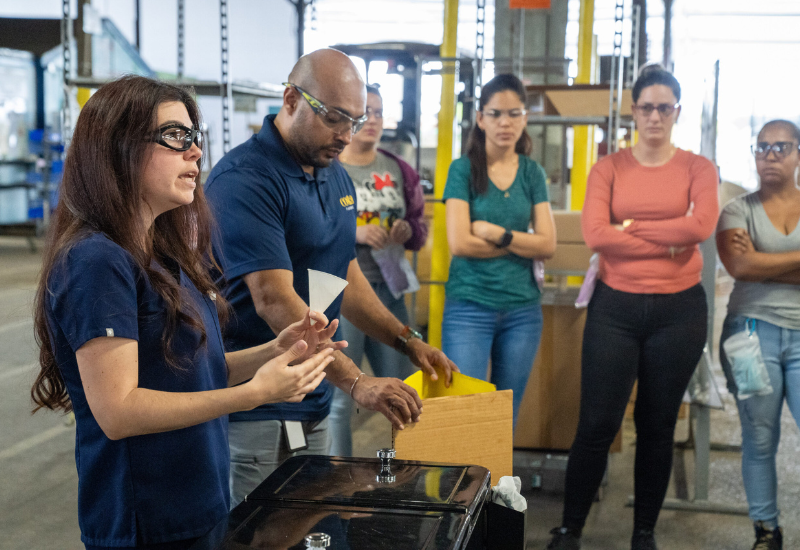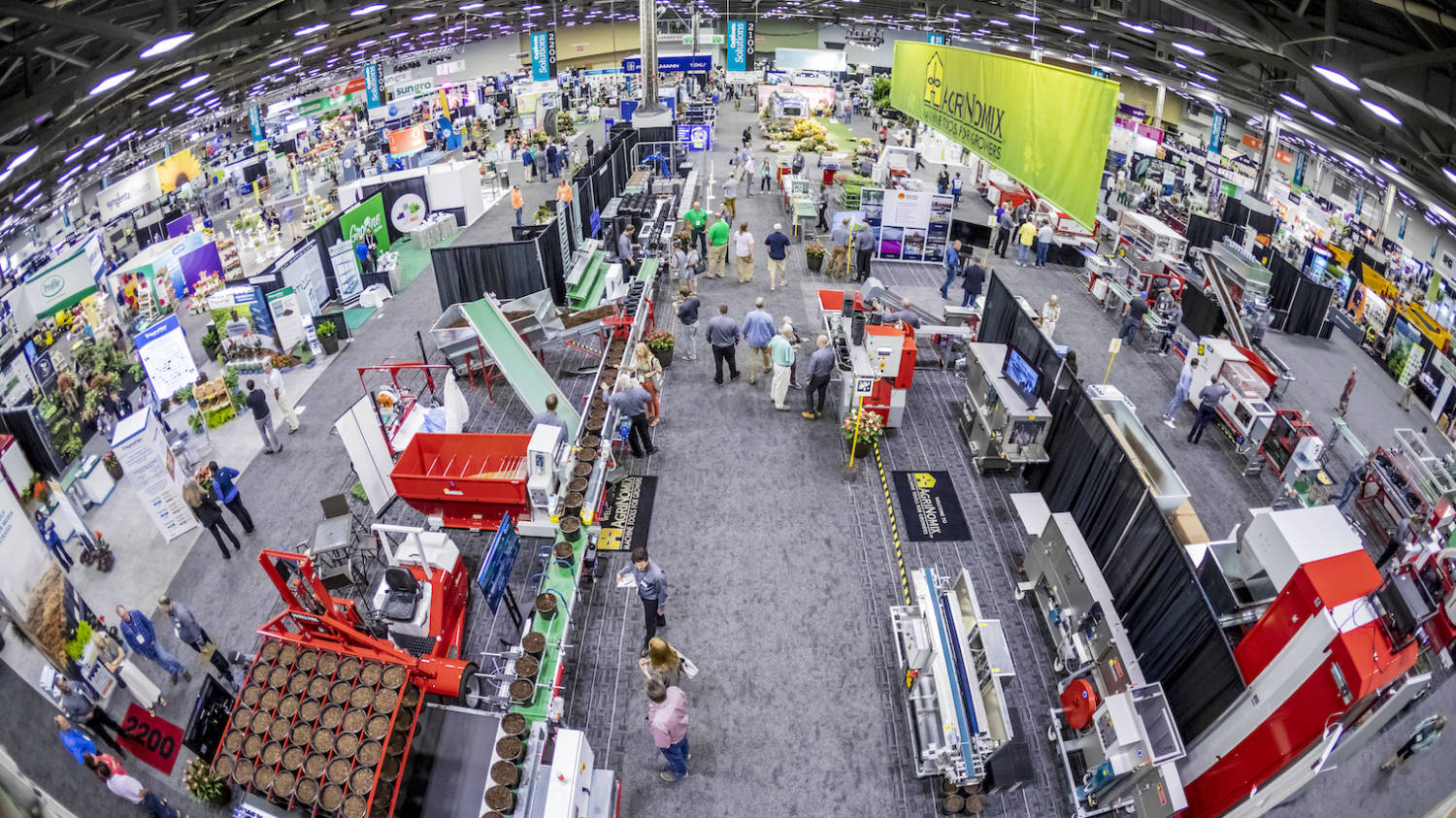
Must-have heat safety measures
The southern climate — and extreme heat that comes with it — is like no other in the U.S. In an industry struggling to find consistent labor for reasons including tough conditions, the need for workers is a hard challenge to overcome.
Costa Farms was founded more than 60 years ago, and has grown from a small tomato farm to a major player in tropicals and houseplants. With multiple growing locations in the South, the operation knows what challenges extreme heat can present in both plants and people, which is why it takes heat safety seriously every day.
As active participants in local and national initiatives for improving worker safety, Costa Farms is dedicated to a safe working environment and improvements in the horticulture industry.
Jorge Zamora, director, associate general counsel at Costa Farms and legal heat bill expert, recently told me about the day-to-day challenges of keeping employees safe in the heat.

Is your heat safety policy adaptable for growers in other regions?
Definitely. We primarily operate out of Florida, but have farms in North Carolina, South Carolina and Virginia. These states get the four seasons with periods of extreme cold, but there are times in summer that get very hot as well. Our heat safety policy is something that can apply across the board because its best practices are triggered by heat index temperatures.
A designated safety team is responsible primarily for all safety practices and policies. Our key is the education that goes out to all employees and supervisors — that’s been the critical piece that has changed over the years: empowering people with the information that they need to take care of themselves and other people around them while they’re working.
Can you share more details about what happens when these heat safety measures are active?
Typically what you will see at any of the facilities is dual coolers in easily accessible areas — one for water and the other for an electrolyte drink like Gatorade or Powerade. Overdoing it on water can be dangerous, and if you’re diluting your system of electrolytes and minerals, you could actually find yourself in a worse position.
During a high heat trigger, employees are required to take a break once every two hours at a minimum to cool down and rest inside breakrooms or under natural shade. Cooling towels have been a huge hit with employees, and sometimes electrolyte popsicles are given out, too.
Cooling towels are distributed to Costa Farms employees to provide relief from the heat.
Coolers are filled with water and electrolyte mixes to help with proper hydration. All photos courtesy of Costa Farms.
We’ve eliminated heavy caffeinated drinks from our vending machines and our lunch trucks that come to visit, and encourage employees to limit their caffeine intake the night before and morning of a work shift to help with hydration.
We have been able to invest in an in-house nurse practitioner at the Miami facility. That has worked wonders, for a number of reasons, but the biggest being the education sessions in different spots of the company throughout the year, with one of the topics as heat safety.
Any advice for other businesses who are interested in implementing these heat safety policies?
You do not have to be operating in the South to find value in these heat safety measures. Northern areas also experience many days during summer that reach hot temperatures.
Also, often the reality of starting a new program like this is there will be an initial increase in reported cases as everyone learns what signs and symptoms are concerning and what else to look for in their coworkers.
But again, I will say that I think the key to our success has been education throughout the company. Remember, you don’t have to reinvent the wheel here. You can start by visiting the OSHA website, which provides many materials on heat safety and mitigating risks of working in heat.











 Video Library
Video Library 


















